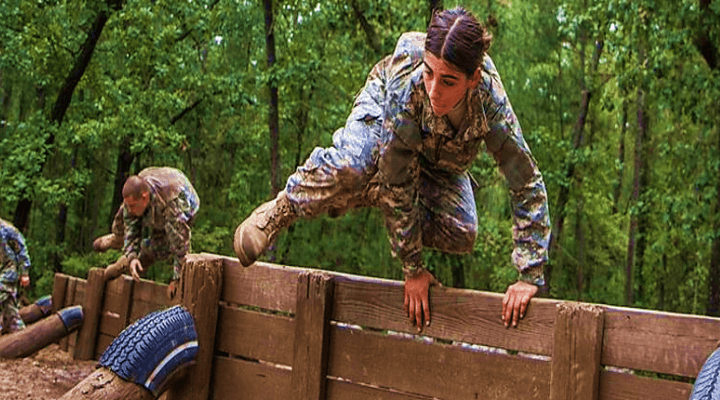The Bureau of Labor Statistics released encouraging news for the economy Friday, announcing employers added a greater-than-expected 222,000 new jobs in June. More people reentering the workforce meant that the overall unemployment rate ticked up from 4.3 to 4.4 percent, still a very low number.
The Department of Labor’s Veterans Employment and Training Service was quick to point out that overall veteran unemployment is 3.7 percent, “the lowest June rate since 2007.” While this is true, the news is not all good.
A CLOSER LOOK AT VETERAN UNEMPLOYMENT
As it does each month, the Office of Economic Opportunity at the Department of Veterans Affairs followed the BLS announcement with its breakdown of veteran unemployment. When you hear someone talking about “veteran unemployment,” they’re usually talking about unemployment among all veterans of all ages.
Using the most recent figures, there are 20.9 million veterans living in the U.S., of which 10.2 million are participating in the workforce. This means they’re either working or actively looking for work. There are several reasons why a veteran would not be looking for work beyond “I’ve given up trying to get a job,” such as retirement, disability, or school enrollment. (In May, there were 264,000 veterans enrolled in school full or part time).
The nation’s 378,000 unemployed veterans represent 5.4 percent of our total unemployed population of 7 million. This is slightly below the proportion of veterans in the total population.
This number had been decreasing since January, from 461,000 then to 340,000 in May. But in June, it jumped by 38,000, almost completely erasing May’s gains. To put this number in perspective, a group of veterans the size of more than 8-1/2 Infantry Brigade Combat Teams lost their jobs in the month of June.
There are currently more unemployed veterans than there are members of the Army National Guard.
YOUNGER VETERANS STILL FACING CHALLENGES
The unemployment rate for post-9/11 veterans remains slightly higher than the general population, at 5.1 percent. Unemployment among this cohort has been trending downward, in line with the national and “all veterans” numbers, but they still represent 49 percent of all unemployed veterans. Within this group, however, there are places where the numbers are worse.
Veterans between the ages of 25 and 34, who have borne the brunt of the current conflict, remain nearly twice as likely as their civilian counterparts to be unemployed. In June, these veterans comprised 3.6 percent of all 25- to 34-year olds in the workforce, but 6.5 percent of unemployed people in that age bracket. Their unemployment rate is 7.8 percent, while the rate among their civilian counterparts is below the national rate at 4.2 percent.
May was a particularly tough month for this group. Almost all the newly unemployed veterans—31,000—fall into this category.
The news is even worse if you’re a female veteran in this age group: 9,000 of you lost your jobs in May. You face a 10.3 percent unemployment rate while your civilian friends are doing as well as the nation as a whole.
The federal government gives preference to veterans in its hiring practices, as do most states. But private employers are allowed to do so in only 15 states. New York is considering becoming the 16th. Perhaps it is time Congress gave the private sector nationwide the legal ability to back-up their promises to hire more veterans without facing the threat of a lawsuit from civilians who were passed over.
Share your thoughts on this idea in the comments section below!



